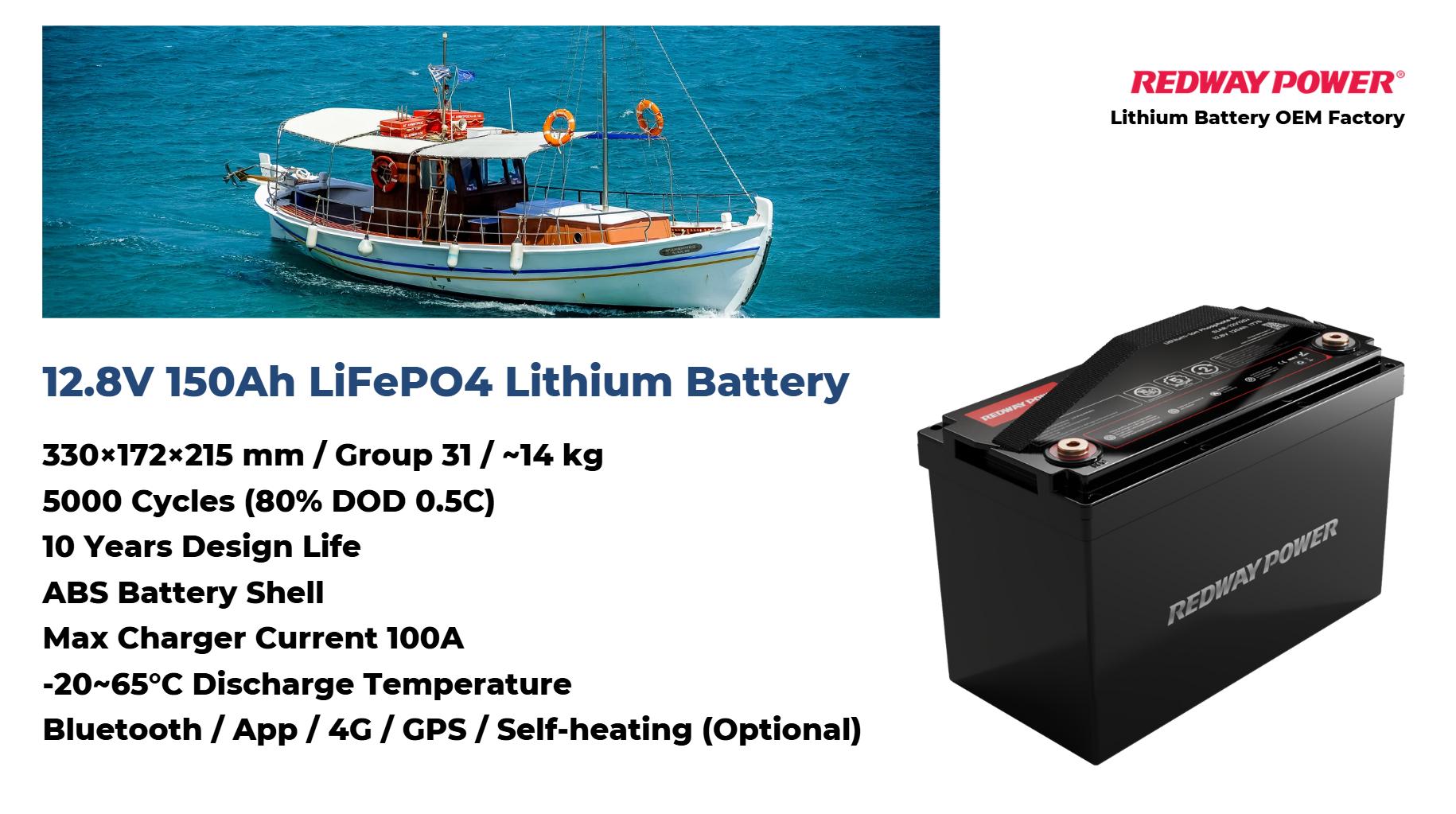
How to Choose and Maintain a Deep Cycle Marine Battery
Deep cycle marine batteries are essential for powering boats and other marine vehicles, providing reliable energy for various applications. Understanding their types, features, and maintenance is crucial for optimal performance and longevity.
What are the different types of marine batteries?
Marine batteries come in several types, primarily categorized into two main groups: starting batteries and deep cycle batteries.
- Starting Batteries: Designed to deliver a quick burst of energy to start an engine.
- Deep Cycle Batteries: Built to provide sustained power over longer periods, making them ideal for powering onboard electronics and appliances.
How do deep cycle marine batteries work?
Deep cycle marine batteries operate by allowing a gradual discharge of energy over time. They are designed to be discharged to a significant depth without damaging the battery, which is essential for applications like trolling motors or powering lights and electronics on a boat.
What are the key features of deep cycle batteries?
Key features that define deep cycle marine batteries include:
- Capacity: Measured in amp-hours (Ah), indicating how much energy the battery can store.
- Durability: Built to withstand repeated charge and discharge cycles.
- Maintenance: Some types require regular maintenance, while others (like AGM or gel) are maintenance-free.
| Feature | Starting Battery | Deep Cycle Battery |
|---|---|---|
| Discharge Depth | Shallow | Deep |
| Usage | Short bursts | Long-term |
| Maintenance | Often requires | Maintenance-free |
Why should you choose a deep cycle battery for your boat?
Choosing a deep cycle battery is vital for boat owners who rely on their vessels for extended periods. These batteries provide consistent power, which is crucial for running navigation systems, lights, and other onboard electronics without risking power depletion.
How can you maintain your deep cycle marine battery effectively?
Proper maintenance extends the life of your deep cycle marine battery. Here are key maintenance tips:
- Regular Charging: Keep the battery charged, especially after use.
- Clean Connections: Ensure terminals are free from corrosion.
- Check Water Levels: For flooded lead-acid batteries, maintain appropriate electrolyte levels.
| Maintenance Task | Frequency |
|---|---|
| Charge after use | Every use |
| Clean terminals | Monthly |
| Check water levels | Monthly |
What should you consider when choosing a marine battery?
When selecting a marine battery, consider the following factors:
- Capacity Requirements: Match the battery’s capacity with your power needs.
- Size and Weight: Ensure it fits in your designated space without compromising stability.
- Type of Technology: Choose between flooded lead-acid, AGM, or lithium-ion based on your usage patterns.
What are the common FAQs about deep cycle marine batteries?
- How long do deep cycle marine batteries last?
- Typically, they last between 4 to 10 years depending on usage and maintenance.
- Can I use a car battery instead of a marine battery?
- No, car batteries are designed for short bursts; they cannot handle prolonged discharges like deep cycle batteries.
- How often should I charge my deep cycle battery?
- Charge after each use and monitor regularly to avoid complete discharge.
Industrial News
Recent advancements in marine battery technology have focused on enhancing efficiency and sustainability. Companies are increasingly adopting lithium-ion technologies due to their lightweight nature and longer lifespan compared to traditional lead-acid options. Innovations in charging systems also promise faster recharge times and better energy management for boaters, making it easier to maintain power during extended trips.
LiFePO4 Battery Expert Views
“LiFePO4 batteries represent a significant leap in marine technology due to their safety and longevity,” says John Doe, a marine energy consultant. “They offer higher discharge rates and can be charged quickly without degrading performance over time.” This makes them an attractive choice for modern boating applications where reliability is paramount.
